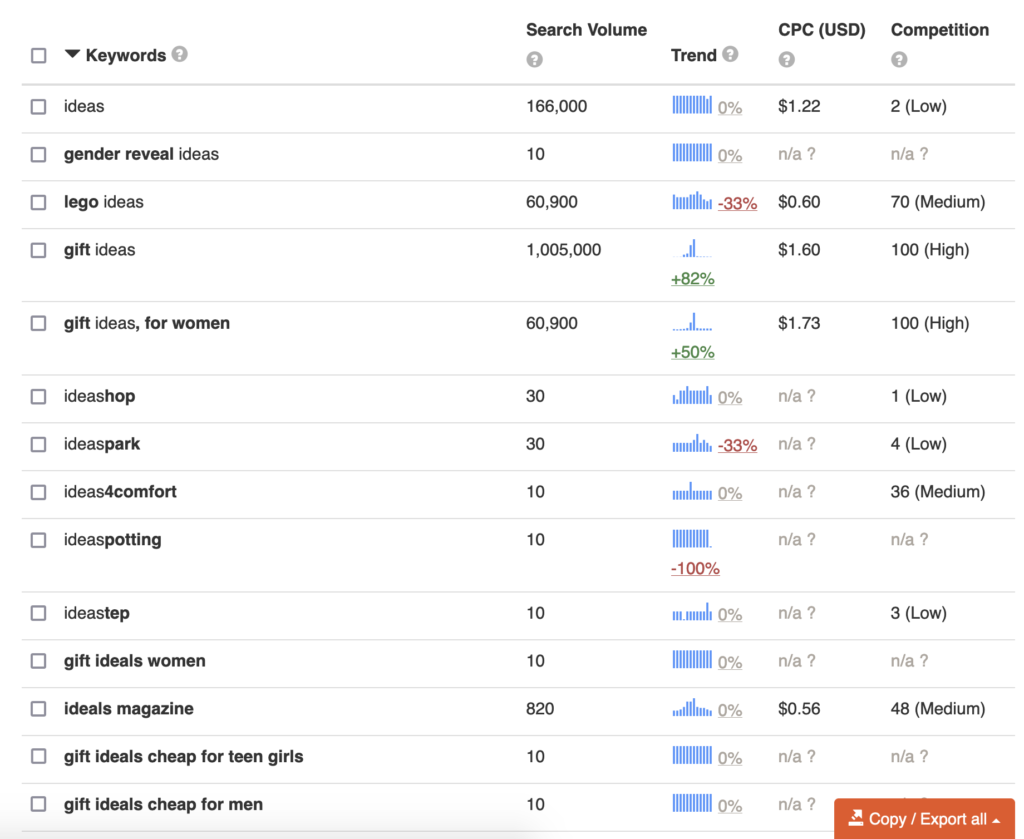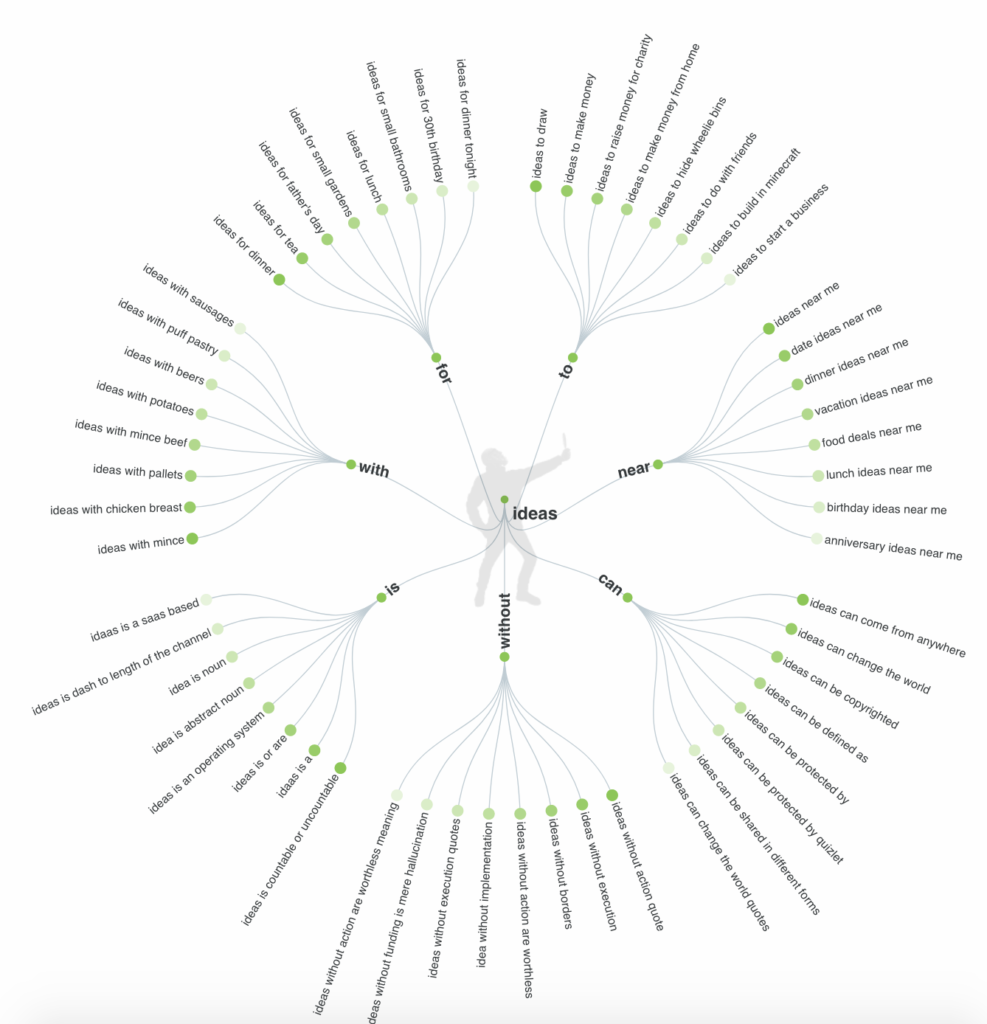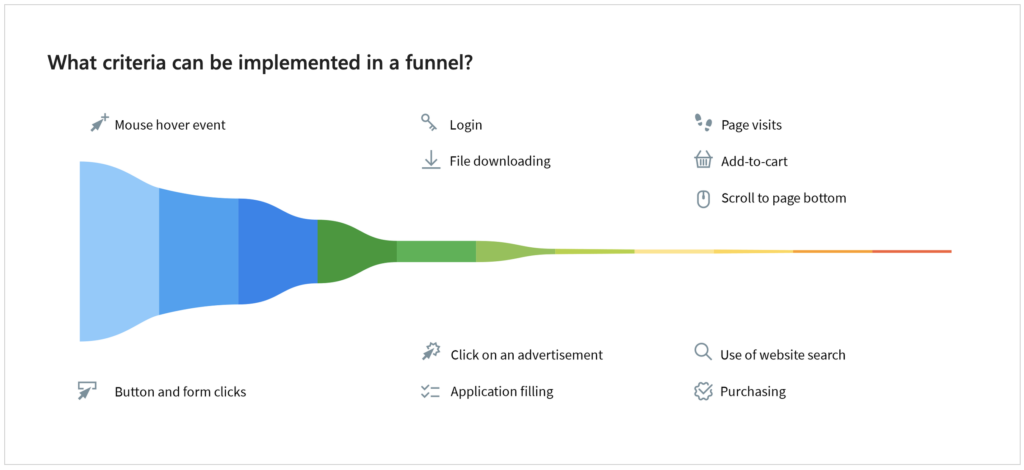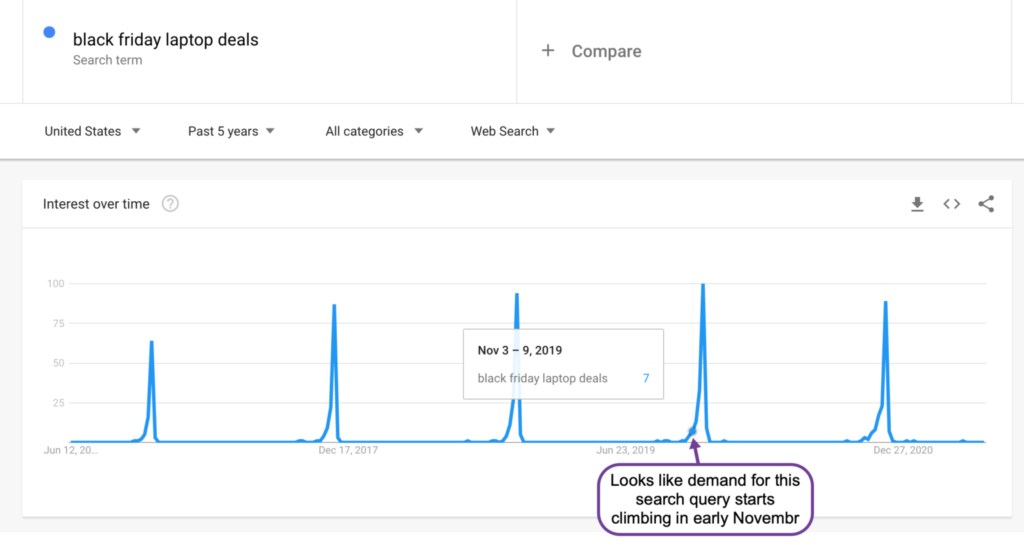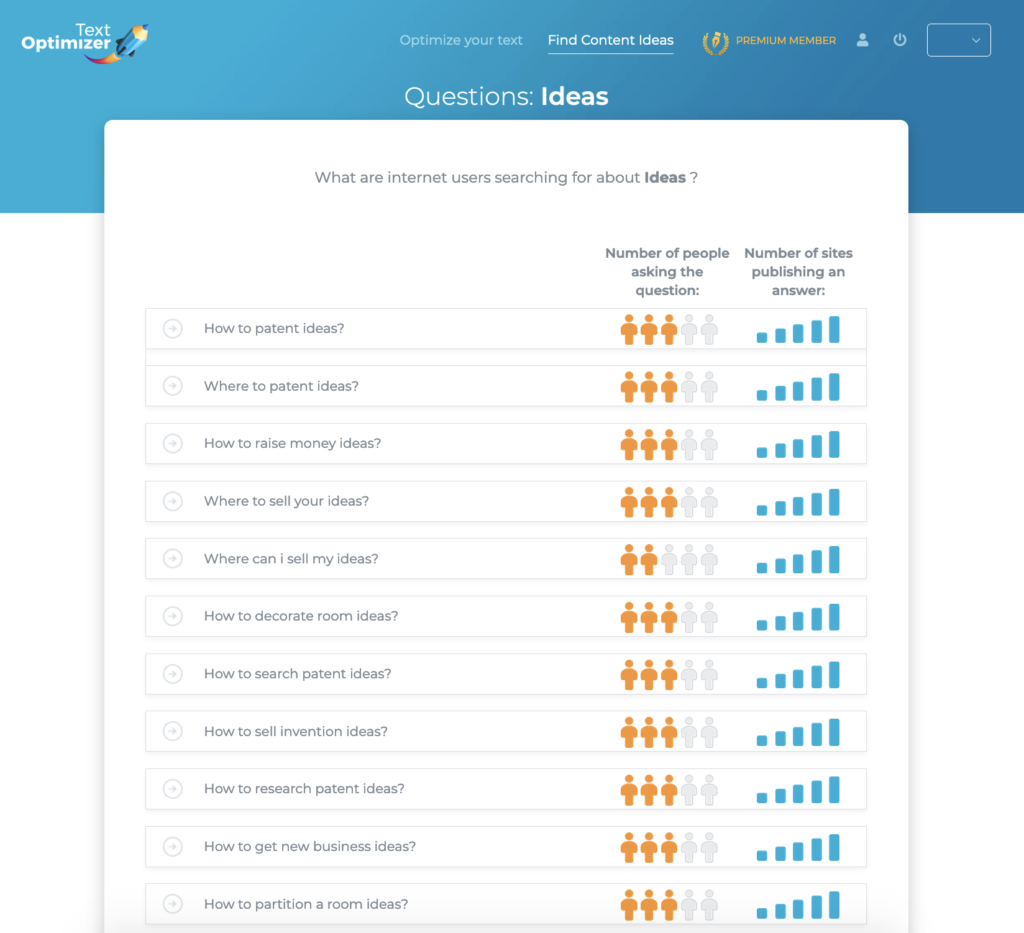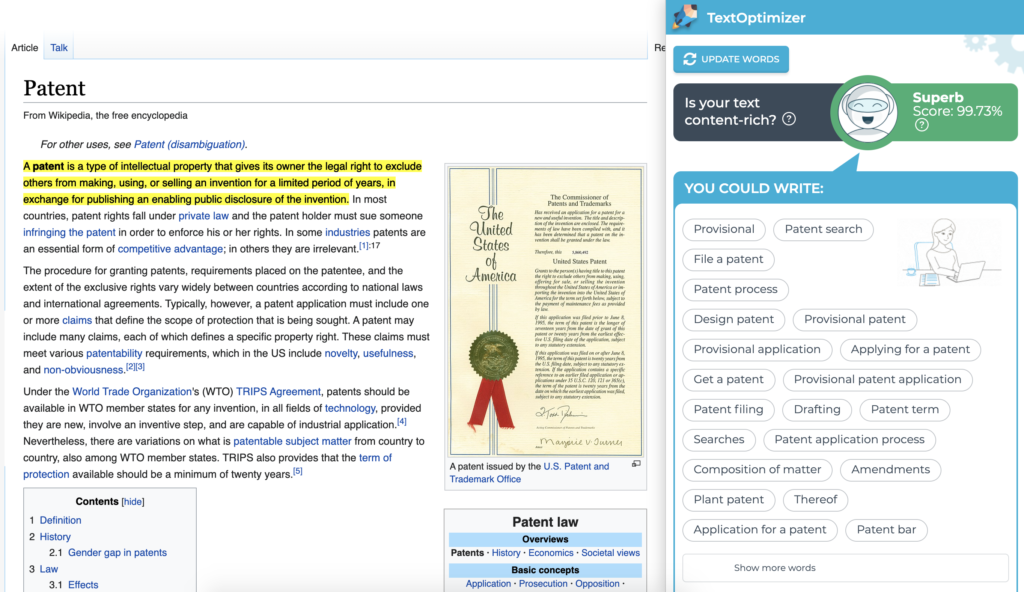
30-second summary:
Confused users don’t spend moneyYour search marketing needs to thread in your brand’s messaging, targeting, design, and overall experience to ensure trust, clarity, and eventual salesSEO pioneer, serial entrepreneur, and best selling author, Kris Jones helps you weave a tight SEO and search marketing strategy before 2022 ushers in
If you spend enough time in the digital marketing space, even if you focus on just one area of it, you’ll eventually catch wind of the intersection of SEO, paid media, web design, and link building. There’s no avoiding it since all these areas run together to ideally form a strong online presence for a business. Within that context, if you’ve ever been the one to devise a digital strategy for yourself or your clients, you’re probably familiar with the types of market niches that would push a business to focus more on SEO or paid search marketing.
SEO is obviously a fantastic tool for just about anyone, but don’t discount the power of paid media. Each has its pros and cons, and when done the right way, neither is going to hurt you.
What will hurt you, however, is making mistakes in your efforts and then letting them go for a long time. Weak points in your SEO and paid media can be tricky things. They can harm your digital presence in the long term and yet be difficult even to detect unless you really know what you’re doing.
With the home stretch of 2021 right around the corner, now is the best time to stitch up those holes in your search marketing for 2022. Here are four tips for cleaning up your SEO and paid media marketing.
1. Stop writing for keywords over topics
SEOs know the old story, but here it is again for anyone who doesn’t. Ten to twenty years ago, it was a popular practice to keyword-stuff on web pages. That just meant overusing a certain keyword on a page in an attempt to get Google to rank the page more highly.
In 2021, we know this is a bad practice because it doesn’t help users to answer their questions. What answers questions for online users today is content that discusses popular topics rather than just keyword-spamming.
You can use popular topic-research tools such as BuzzSumo, Answer the Public, or Semrush to find topics relevant to your desired industry niche. Then, do your own research to generate content that’s useful. Always think of the user first.
Keywords still have their place, though. Google needs to match up queries with content, and the content that makes the smartest, most useful, and natural use of keywords will tend to perform better. Content needs to have keywords in its headings and also use naturally within the body. But don’t think that you need to overuse keywords or focus your content completely around the keywords. Instead, determine the intent of the keywords and align that with your topic research to create killer content that ranks.
2. Don’t abandon paid media message consistency
When your search marketing includes paid media, too, you have a whole other set of guidelines to follow. Again, everything you do should be with users in mind. Put yourself in their place. How would you respond to this ad if you saw it?
Then, click through to the landing page to make sure everything still makes sense. The thing is, here is where PPC specialists can fail if they aren’t careful.
With paid media, you’re using ads to get people to do things. That’s what you have available: words and images on little square ads on web pages or paid search results on the SERPs.
Sounds straightforward, right? As long as you do your research and get the ads’ messaging correct, you should be golden.
Except you can go way wrong if your messaging isn’t consistent across the entire paid search journey. Your landing pages need to contain the same type of messaging as your ads. They need to reference the information users saw when they first clicked the ad.
That shows continuity across your paid campaigns. Without that continuity, without landing pages that reference offers or claims made in ads, users will be confused. They’ll wonder if they clicked the wrong ad or got taken to the wrong website.
And confused users don’t spend money.
Think about it this way: it’s been estimated that it takes between five and seven impressions before one user remembers a brand. Five to seven! It can be challenging enough to reach those numbers but imagine if you tried to get there without brand consistency. You’d be setting yourself up for failure, plain and simple.
The solution is once again to think like a user. Go through all the elements of a paid search user’s journey. If the messaging and branding flow logically and actually make sense, you may have a winning campaign on your hands.
3. Don’t ignore poor site UX
I said at the outset that the different areas of digital marketing all have the potential to intersect and flow together. Here is where SEO and web design meet up: website UX.
SEOs can spend all day researching keywords, writing content, optimizing meta tags, and building backlinks, but users probably aren’t going to do what you want if your website has a terrible layout and design, not to mention if it isn’t optimized for the mobile experience.
But don’t just listen to me – read the numbers. According to Intechnic, 67 percent of online users say that a badly designed website negatively affects their impressions of a brand. That is a huge figure, to put it mildly.
When Google’s spiders crawl a site, they do so logically, as a human would. That means the main navigation needs to set out the content your site has and be clear about where users can go to find certain information.
Now, what qualifies as a “good” layout? It’s simple when you think about it, and yet so many websites struggle to do it. The main navigation needs to show users all the vital areas of a site. Whatever business you’re in, your nav should show your main services first, followed by a blog if you have one (you should), an “about us” section, and a contact tab.
That setup right there covers all the main points that you’ll need to keep users engaged. Now, how everything else breaks down from there is up to you, but again, keep it logical. Your main services tab should have a submenu of all your main services, your locations tab can break down to show your different business locations, and so on.
Also, you absolutely cannot forget accessibility when you’re talking about website UX today. Accessibility, of course, is the capability of any piece of website content to be consumed and understood by people with a range of physical or mental disabilities. Not only is this simply a good business practice, but it’s also just inclusive and courteous.
Website accessibility includes considerations such as making content available to the visually and hearing impaired, ensuring your web pages are navigable with a keyboard only instead of just with a mouse, and choosing colors that don’t clash so color-blind people have no trouble reading your content.
Makes sense, right?
It’s important that it does make sense because if neither human users nor Google can understand how to navigate your website, you probably won’t rank for your desired keywords.
4. Don’t set and forget PPC
If you’re a business owner and are doing your own digital marketing, or if you employ one (possibly overworked) specialist to do it for you, it can be more than a little tempting to engage in the “set it and forget it” mindset.
Small to medium-sized businesses have so much to do just running themselves that putting sufficient effort into digital marketing can seem like too much of a stretch.
You may think that you’ve come up with a pretty effective PPC ad campaign that contains all the right visuals and messaging and hits all the right audience marks. And maybe you have, for now.
But you can’t set and forget anything in PPC or digital marketing more generally. Trends change, markets shift, consumers move on. You have to check in on your ads’ performance over time to see if you’ve recently fallen flat. Because if you have, then you’re wasting a lot of effort maintaining ads that aren’t converting.
Instead of letting things go like this – put the time into analyzing your ads’ performance, particularly in the time immediately following the start of the campaign. You want to ensure things are running as you predicted and tweak them if they aren’t.
While you’re at it, set aside some time to research how you can optimize your PPC campaigns’ resource consumption. The best campaigns are obviously the most efficiently performing ones, and so how can you do better?
Try reworking your ad copy. It sounds simple, but as you know, more relevant ad copy drives click-through rates and Quality Scores. And high-quality scores reduce your cost per click and cost per conversion.
Another money-worthy avenue you can take to hone in on your ads’ efficiency is to use dayparting and geolocation together. Dayparting will schedule your ads to appear at certain times of day, while geolocation will show your ads only in certain places.
This is particularly useful for local businesses that have brick-and-mortar locations and want to get customers through the doors.
This takes plenty of audience research to get it right, but it’s a smart and common-sense way to optimize the resources you’re using on your PPC ads.
A stale PPC campaign has the potential to be one of your biggest search marketing holes in 2022, so don’t wait on this one.
Jump on your 2022 fixes now
There truly is no time like the present for fixing your search marketing loopholes. Any mistake that’s out there for any length of time is probably going to hurt you. But with the second half of 2021 already here, lots of businesses are setting their sights on 2022.
Become one of them. Follow these pointers to get ahead in your search marketing efforts, and it could make all the difference.
Kris Jones is the founder and former CEO of digital marketing and affiliate network Pepperjam, which he sold to eBay Enterprises in 2009. Most recently Kris founded SEO services and software company LSEO.com and has previously invested in numerous successful technology companies. Kris is an experienced public speaker and is the author of one of the best-selling SEO books of all time called, ‘Search-Engine Optimization – Your Visual Blueprint to Effective Internet Marketing’, which has sold nearly 100,000 copies.
Subscribe to the Search Engine Watch newsletter for insights on SEO, the search landscape, search marketing, digital marketing, leadership, podcasts, and more.
Join the conversation with us on LinkedIn and Twitter.
The post Now is the best time to stitch your search marketing loopholes before 2022 appeared first on Search Engine Watch.







